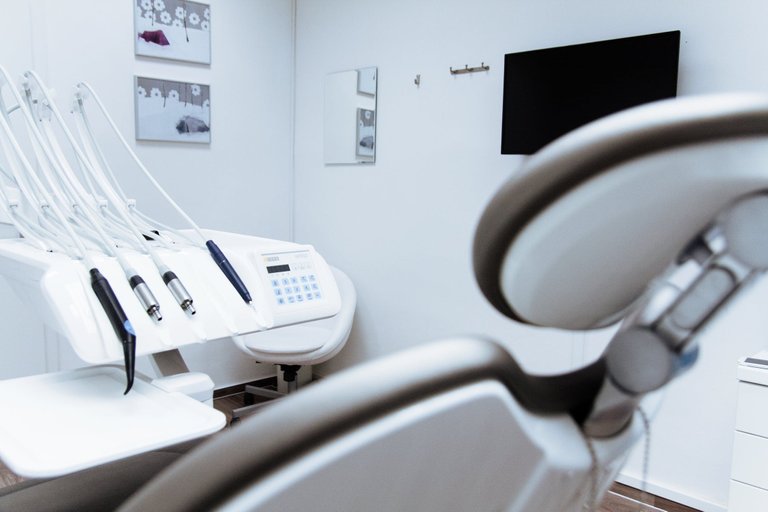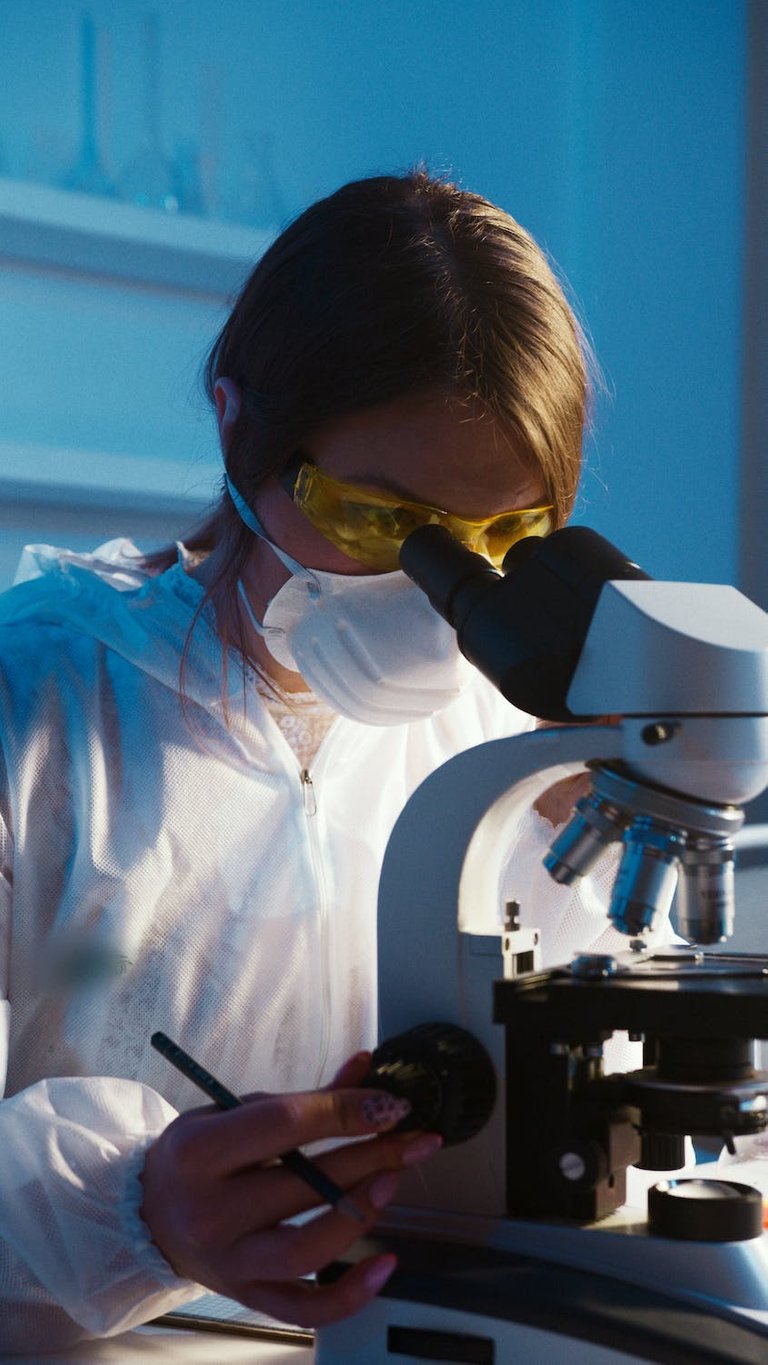Humans have a long-standing and intricate relationship with tools and technology. It is a relationship that has been formed over thousands of years, beginning with the simplest of tools, such as rocks, sticks, and bones, and progressing to the most advanced technologies, including computers, smartphones.

At the core of this relationship is the human desire to improve our lives, whether it be by making tasks easier, faster, or more efficient, or by creating entirely new possibilities that were previously unimaginable. Tools and technology have allowed us to achieve this goal in countless ways, from agriculture to transportation, medicine to communication, and beyond.
As humans, so too did their tools and technology. The earliest tools were simple objects found in nature. These early tools were essential to our survival and allowed us to adapt to different environments and conditions.
Over time, humans began to develop more tools such as hammers and axes made from stone, bone, and wood. These tools allowed humans to build shelters, clear land for agriculture, and create weapons for hunting and defense.
With the invention of agriculture, humans were able to settle in one place and create more permanent settlements. This led to the development of new technologies, such as pottery, which was used to store food and water, and weaving, which allowed humans to create clothing and textiles.
As civilizations developed, so too did their technology. The invention of the wheel allowed for the creation of vehicles and the development of roads and transportation systems. The discovery of metalworking allowed for the creation of more durable and efficient tools.
The Industrial Revolution of the 18th and 19th centuries brought about a new era of technology, with the invention of the steam engine, electricity, and the assembly line. These technologies revolutionized manufacturing, transportation, and communication, and paved the way for the modern world.
Today, we live in a world of advanced technology, with smartphones, computers, that have transformed the way we live, work, and communicate.
The Benefits of Tools and Technology
The benefits of tools and technology are numerous and far-reaching. Perhaps the most obvious benefit is that they allow us to complete tasks more efficiently and effectively. For example, a simple hammer allows us to drive nails into wood much faster than we could with our bare hands.
Tools and technology also allow us to take on tasks that would otherwise be impossible.
Tools and technology have allowed us to create new industries and economic opportunities. For example, the invention of the automobile created a whole new industry of car manufacturing and maintenance, providing millions of jobs worldwide.

Finally, tools and technology have allowed us to improve our health and well-being. Medical technology, such as vaccines and antibiotics, has saved countless lives and prevented the spread of deadly diseases. Advances in medical imaging and surgical techniques have also allowed doctors to diagnose and treat illnesses with greater precision and accuracy.
The Drawbacks of Tools and Technology
Despite the many benefits of tools and technology, there are also drawbacks to consider. One of the most significant drawbacks is the potential for technology to be misused or abused. For example, the creation of nuclear weapons has the potential to cause catastrophic harm if they were to fall into the wrong hands.
Another drawback of technology is its potential to cause harm to the environment. Industrialization and the use of fossil fuels have led to air and water pollution, deforestation, and the depletion of natural resources.
Finally, there is the potential for technology to be used.